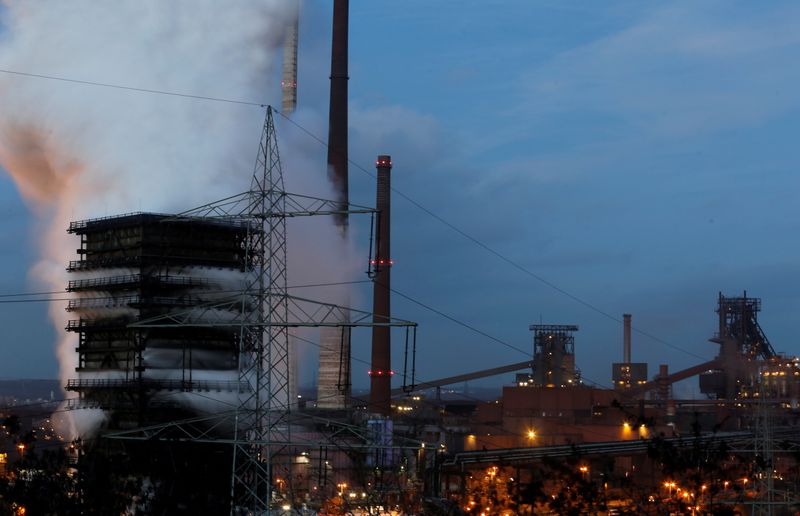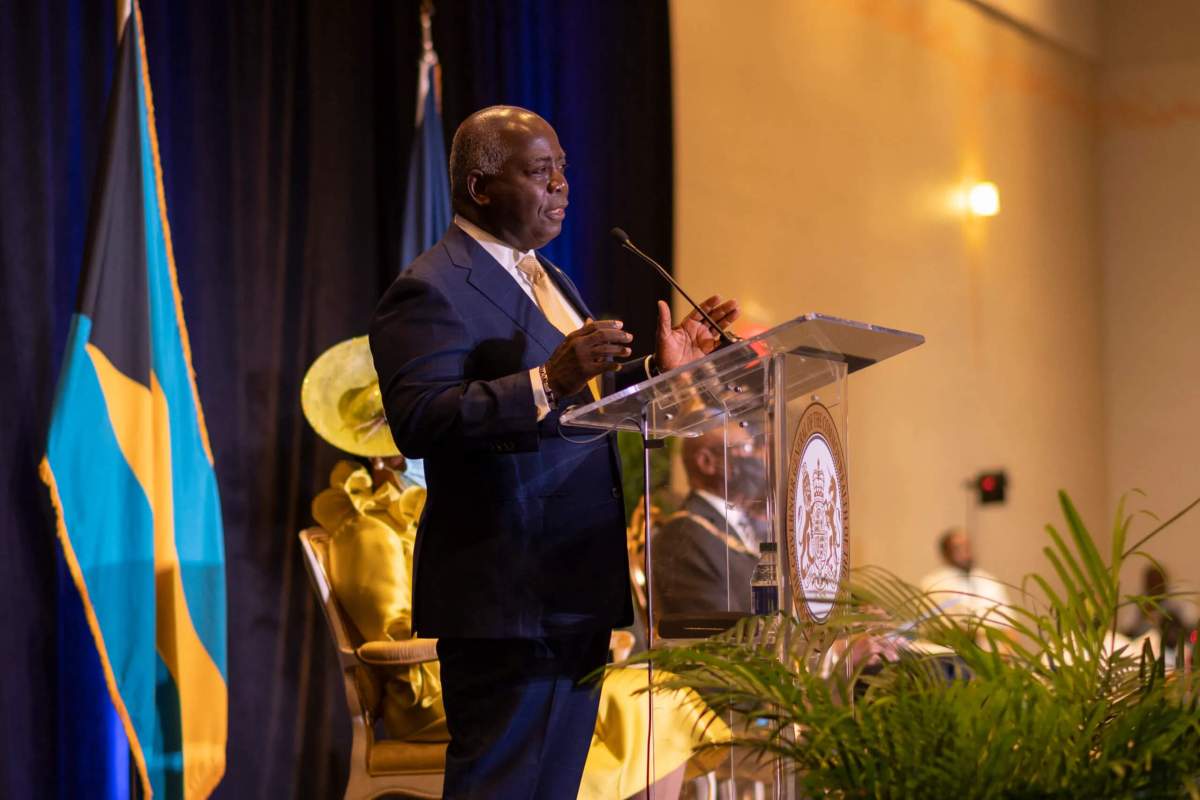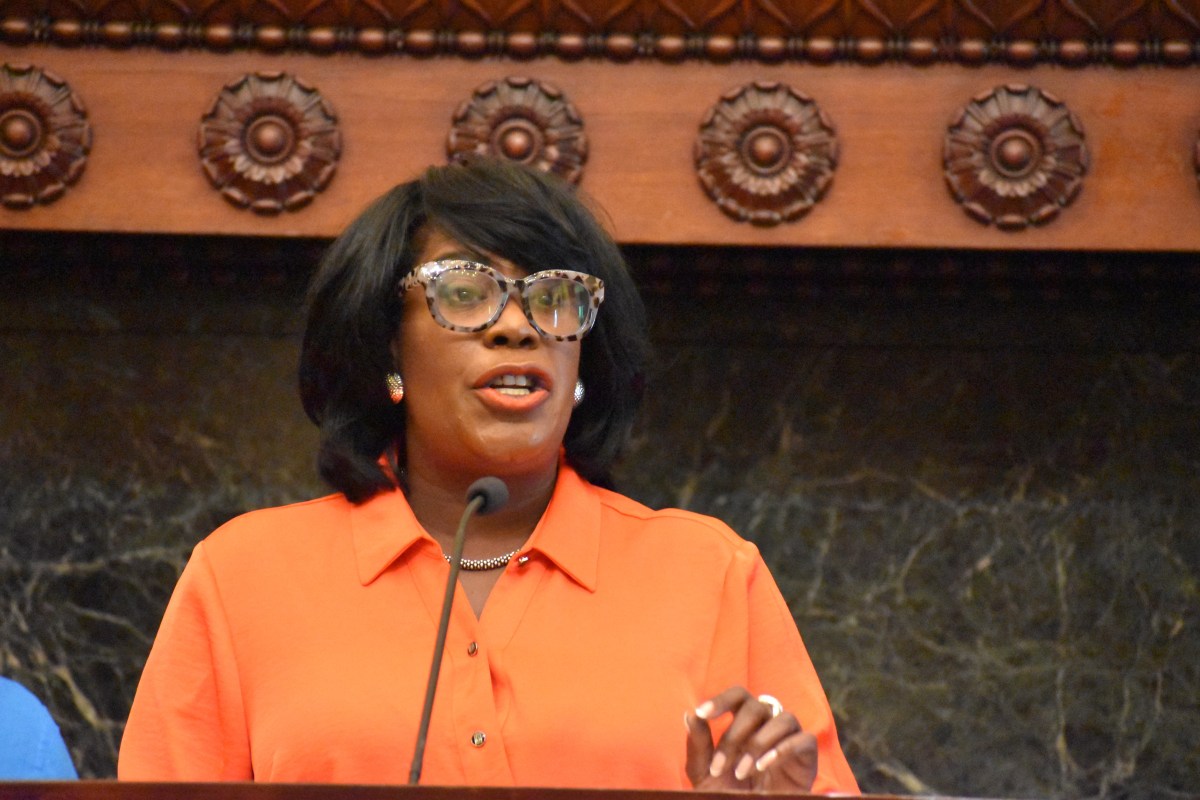BRUSSELS (Reuters) – The European Commission will in 2022 follow this year’s bumper package of climate law with further proposals, including tighter air pollution limits and a system of carbon removal certificates, a draft policy plan seen by Reuters showed.
As the European Union strives to cut net greenhouse gas emissions by at least 55% by 2030 from 1990 levels, the bloc this year began an overhaul of its climate change legislation with measures such as a proposed levy on polluting imports and a phaseout of new combustion engine cars.
A draft of the EU executive’s policy plan for 2022, seen by Reuters, would add a smaller set of green measures, including proposed legislation to certify carbon dioxide removals.
Such a system would mean farmers and landowners who store CO2 in their soils and forests, or businesses using technology to suck CO2 out of the atmosphere, could earn an EU-recognised credit. They could sell the credits to polluters needing to balance their emissions – creating a financial incentive to store CO2.
A voluntary market for CO2 removals already exists, but it is unregulated and has been undermined by doubts the credits sold represent genuine emission reductions.
The EU proposal, expected in the third quarter of 2022, would address such concerns by using “robust and transparent carbon accounting to monitor and verify the authenticity of carbon removals,” the document said.
Brussels will also revise EU air pollution limits next year to better align them with World Health Organisation recommendations, according to the document, which could change before it is published later this month.
Other upcoming proposals would address microplastic pollution and limit chemical pesticide use – although the pesticide measures may not be legally binding. Past EU plans to restrict pesticide use have faced resistance from industry that says crop yields would suffer.
Each EU proposal would undergo a public consultation and must be negotiated and approved by EU countries and the European Parliament – a process that can take up to two years.
(Reporting by Kate Abnett Francesco Guarascio; editing by Barbara Lewis)

























